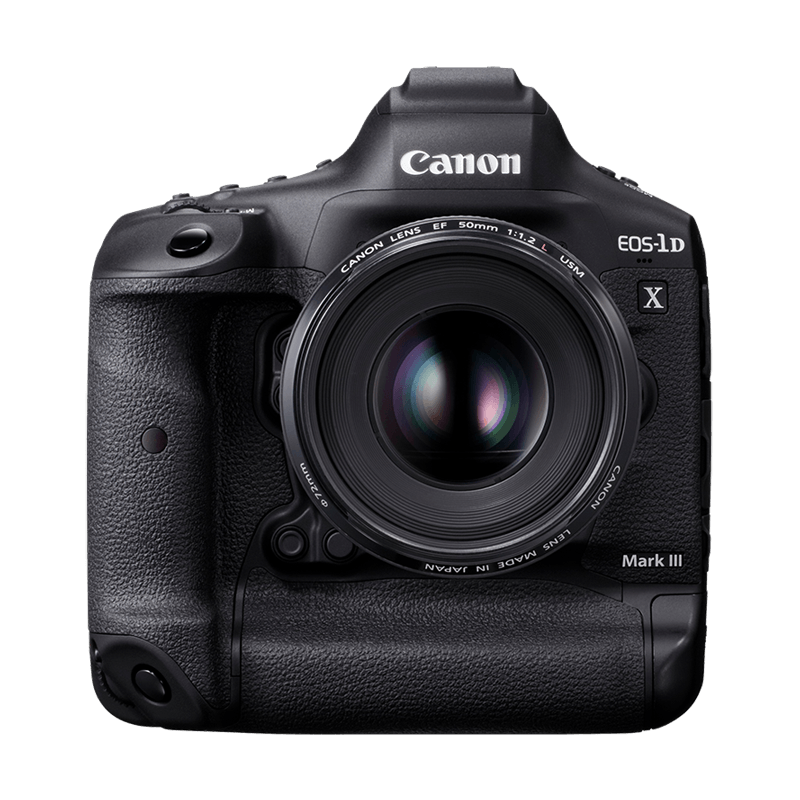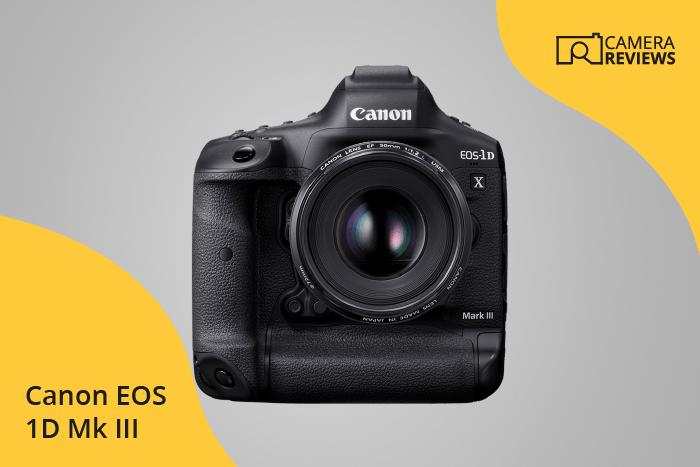Canon EOS 1D Mark III Specs and Scores

The Canon EOS 1D Mark III receives a score of 52/100 in our evaluation. Launched in 2007 with an initial price of $4050, this DSLR camera measures 156 x 157 x 80mm and weighs 1335g or 2.94lbs. Although the specifications were impressive for its time, they may appear outdated in today’s rapidly advancing camera market. Nevertheless, the EOS 1D Mark III still holds value for certain photographers who appreciate its classic design and functionality.
Canon EOS 1D Mark III Overview and Optics
The Canon EOS 1D Mark III receives a score of 50/100 for its optics. Equipped with a 10.1-megapixel CMOS sensor and a Digic III processor, this camera has a shooting speed of 10 frames per second. Its sensor size is APS-H, and it uses a Canon EF lens mount. The 1D Mark III does not offer image stabilization and has an aspect ratio of 3:2. The camera’s DXOMARK score for the sensor is 71.
Compared to other cameras on the market today, the 1D Mark III’s specifications might not be as impressive. The 10.1-megapixel sensor is lower than what many current models offer, and the lack of image stabilization may be a drawback for some users. However, the camera’s shooting speed and compatibility with Canon EF lenses are still valuable features.
The Canon EOS 1D Mark III’s optics might not be the most advanced in today’s market, but its shooting speed and lens compatibility make it a viable option for certain users. Users should weigh their specific needs against the camera’s specifications to determine if it is the right choice for them.
Canon EOS 1D Mark III Video Performance
The Canon EOS 1D Mark III lacks video capabilities. This camera focuses on photography, not video recording. Users seeking video functionality must consider other camera models.
Canon EOS 1D Mark III Features and Benefits
The Canon EOS 1D Mark III scores 49/100 in the features category. This score reflects the camera’s specifications in comparison to other models in the market. The camera has a 3-inch screen with a resolution of 230,000 dots, which is relatively low for today’s standards. The lack of a touchscreen and flip screen limits its usability in certain scenarios.
The camera does not have GPS, which might not be essential for all users, but it does have WIFI connectivity, allowing for easy sharing and transfer of photos. However, the absence of Bluetooth connectivity is a drawback, as it provides an additional option for connecting to other devices.
Taking these factors into account, the Canon EOS 1D Mark III’s features may not be the most competitive in the current market. While it has some useful features, such as WIFI, the lack of a touchscreen, flip screen, and Bluetooth make it less versatile compared to other models.
Canon EOS 1D Mark III Storage and Battery
The Canon EOS 1D Mark III earns a storage and battery score of 84/100. With two memory card slots, the camera accepts both SD/SDHC and Compact Flash (Type I or II) cards, providing flexibility for users. In today’s market, this dual card compatibility remains a valuable feature.
The camera’s battery life is impressive, offering 2200 shots per charge using an LP-E5 battery. However, the camera does not support USB charging. Despite this drawback, the battery life is still competitive in the current market.
The combination of ample storage options and a long-lasting battery make the Canon EOS 1D Mark III a strong contender among other cameras in its class.
Canon EOS 1D Mark III Alternatives
Do you want to know how the Canon EOS 1D Mark III compares to its competitors? Have a look at the most popular comparisons for this camera below:
- Canon EOS 1D Mark II N vs EOS 1D Mark III
- Canon EOS 1D Mark III vs EOS 1D Mark IV
- Canon EOS 1D Mark III vs EOS 1Ds Mark III
- Canon EOS 90D vs EOS 1D Mark III
- Canon EOS 1D Mark III vs EOS 5D Mark IV
- Canon 1D C vs EOS 1D Mark III
Canon EOS 1D Mark III FAQ
Does the Canon EOS 1D Mark III Have Built-in Image Stabilization?
The Canon EOS 1D Mark III does not have built-in image stabilization. However, it can utilize lens-based image stabilization when paired with compatible lenses.
Does the Canon EOS 1D Mark III Support 4K Video Recording?
The Canon EOS 1D Mark III does not support 4K video recording as it does not have video functionality.
What Size Sensor Does The Canon EOS 1D Mark III Have?
The Canon EOS 1D Mark III is equipped with an APS-H sized sensor, which is larger than APS-C but smaller than a full-frame sensor.
Does the Canon EOS 1D Mark III Have a Dual Memory Card Slot?
Yes, the Canon EOS 1D Mark III has a dual memory card slot, allowing users to use two memory cards simultaneously for expanded storage and backup options.
Does the Canon EOS 1D Mark III Have a Touch Screen?
No, the Canon EOS 1D Mark III does not have a touch screen. Users must navigate the camera’s settings and options using physical buttons and dials.
Does the Canon EOS 1D Mark III Have Wi-Fi and Bluetooth?
The Canon EOS 1D Mark III has Wi-Fi capabilities for wireless image transfer and remote control, but it does not have Bluetooth connectivity.
Does the Canon EOS 1D Mark III Have GPS?
No, the Canon EOS 1D Mark III does not have built-in GPS functionality for geotagging images.
Is the Canon EOS 1D Mark III Weather Sealed?
Yes, the Canon EOS 1D Mark III features weather sealing, making it resistant to dust and moisture, allowing photographers to shoot in various weather conditions.
Does the Canon EOS 1D Mark III Have a Built-in Flash?
No, the Canon EOS 1D Mark III does not have a built-in flash. Users can attach an external flash via the camera’s hot shoe for additional lighting options.

